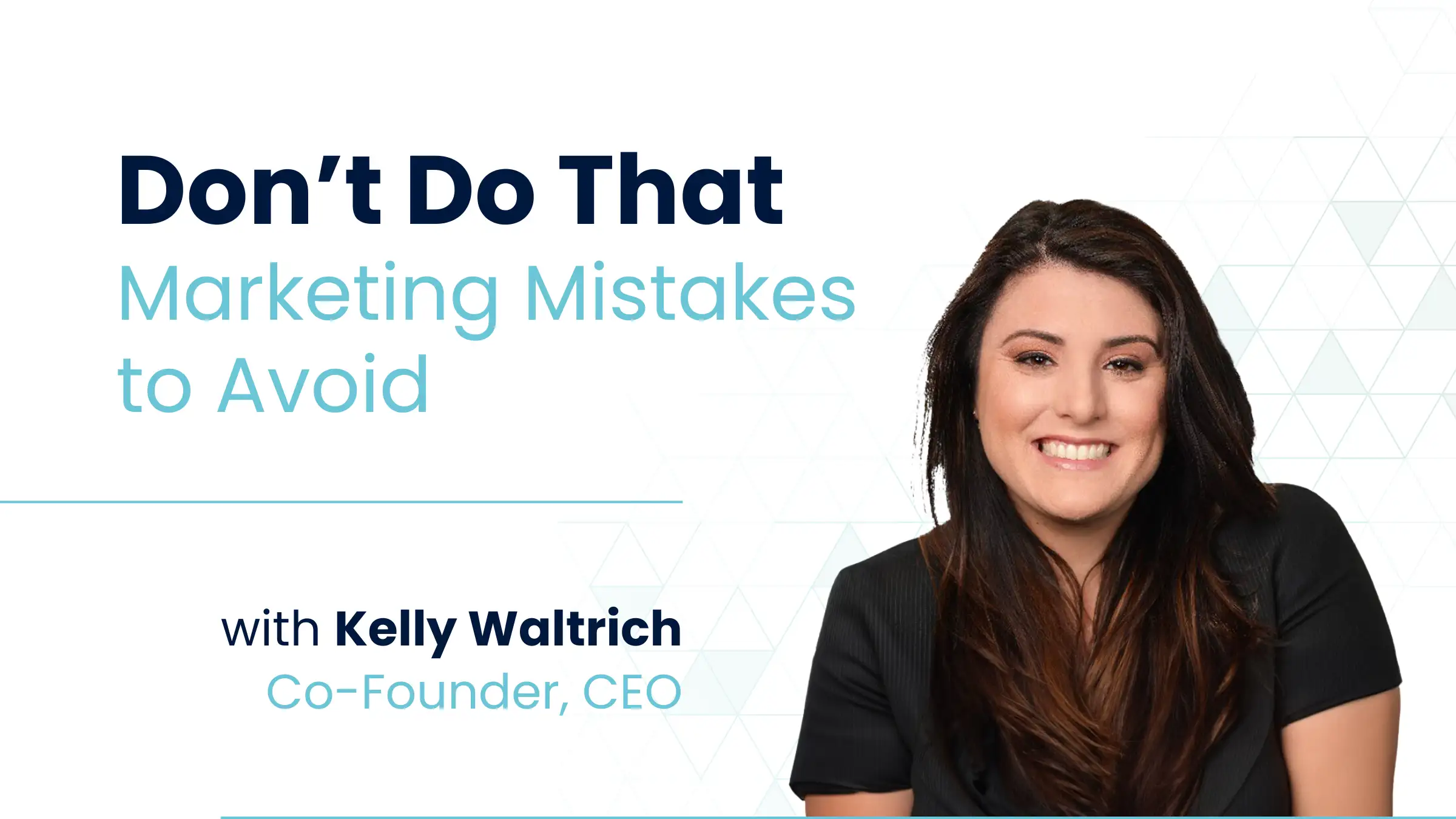Marketing leaders, tell me if you’ve been here before:
Your CEO sets an MQL lead goal of {insert absurd number here}, without giving you any context for how that number is expected to impact the business.
In reality, it’s an exercise to keep your team and the sales team busy. This becomes even more apparent when the goalposts keep moving quarter after quarter until unreasonable becomes unrealistic and unrealistic becomes impossible.
We’re not accepting this in 2025.
Instead, I’m going to give you a simple but highly valuable formula for setting proper, attainable lead generation goals that also drive results for your business.
First, identify your firm’s revenue targets for the year, as well as your average deal size. For example:
» Revenue goal: $2,000,000
» Average deal size: $50,000
Next, divide revenue by average deal size to calculate the number of deals you need to close:
» $2,000,000/$50,000 = 40 deals
Take that number and divide it by your close rate to determine number of leads:
» 40/20% = 200 leads
Now you have the number of leads you need to meet your revenue target. Personally, I like to add 5-10% to this number to make sure I’m giving my team a bit of cushion and setting them up for success.
Obviously, for more complex businesses this exercise gets more intensive. You may need to account for multiple business lines, include upsell and cross-sell opportunities, or deduct churn numbers from your revenue.
It should go without saying, but it often doesn’t, that reaching your new, appropriate lead goal number is contingent on establishing the right budget based on customer acquisition cost (CAC).
Here’s a quick rundown of how to calculate that:
→ First, CAC doesn’t just mean the actual dollar amount spent on digital advertising. It needs to include the cost of your marketing and sales teams, plus any technology and tools used to support your lead generation efforts.
→ For the sake of round numbers, let’s say your total CAC is $1,000. Continuing with our example from above: $1,000 x 200 leads = $200,000.
That’s the absolute minimum budget from which you can be expected to drive the leads your business needs to reach its revenue goals. I always advocate for additional spend to account for unexpected initiatives, priority changes, and major surprises in the market.
Call me a nerd, but I love working with businesses to get these numbers right – even (especially!) the super complicated ones. If you want some help nailing down the right lead generation goals and accompanying budget for your 2025 objectives, shoot me a message and let’s have a conversation!






